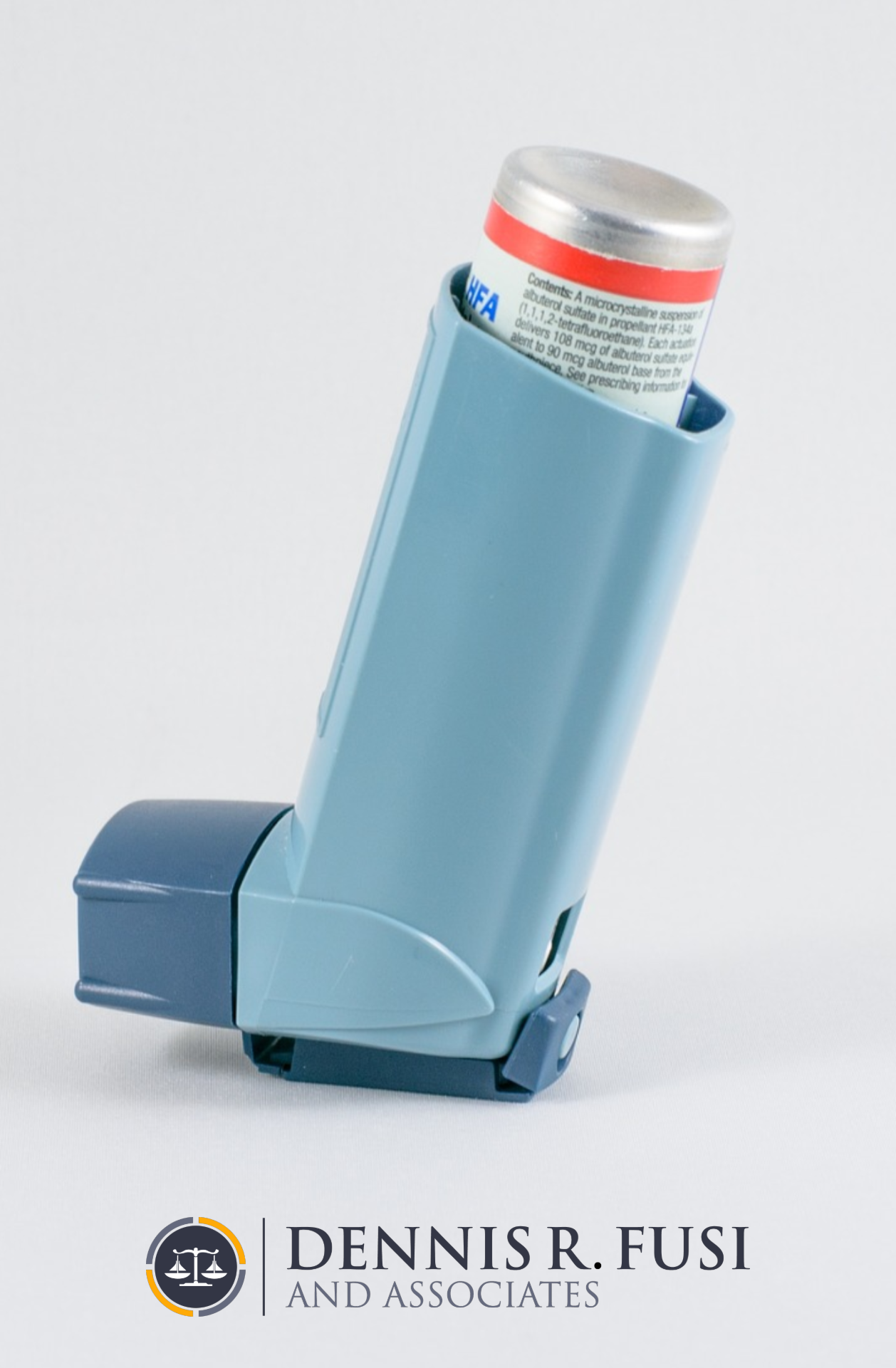An occupational disease is an illness that develops or worsens as a result of an individual’s work environment. There are many occupational diseases that impact American workers – some dating back hundreds of years. Despite advances in safety regulations, laws, and medicine, American workers continue to suffer the risk of occupational diseases in many industries.
The most common occupational diseases include:
- Skin Diseases – Contact dermatitis is caused by skin allergies or irritants. This is common in occupations where there is exposure to chemicals, detergents, or contaminants.
- Asthma – Asthma can develop as a result of toxic exposure, and a pre-existing case can worsen. The Centers for Disease Control and Prevention (CDC) estimates that nine million workers in the U.S. are exposed to irritants or allergens that can worsen asthma.
- Chronic Obstructive Pulmonary Disease (COPD) – Around 30% of COPD cases can be linked to occupational exposure. The CDC estimates that 20 million U.S. workers are exposed to airborne toxins that can lead to COPD.
- Reproductive Diseases – There are more than 1,000 occupation-related chemicals that are known to cause reproductive diseases or birth defects. There are an additional four million chemicals not tested. Each year,
- Infectious Diseases – Workers in healthcare, social services, corrections, or public safety are at risk of contracting infectious diseases including hepatitis B or C, tuberculosis, human immunodeficiency virus (HIV), or numerous viral or bacterial infections.
Occupational diseases like these are often considered preventable. Employers must take precautions to prevent disease, including following federal safety and health guidelines.
Sources:


